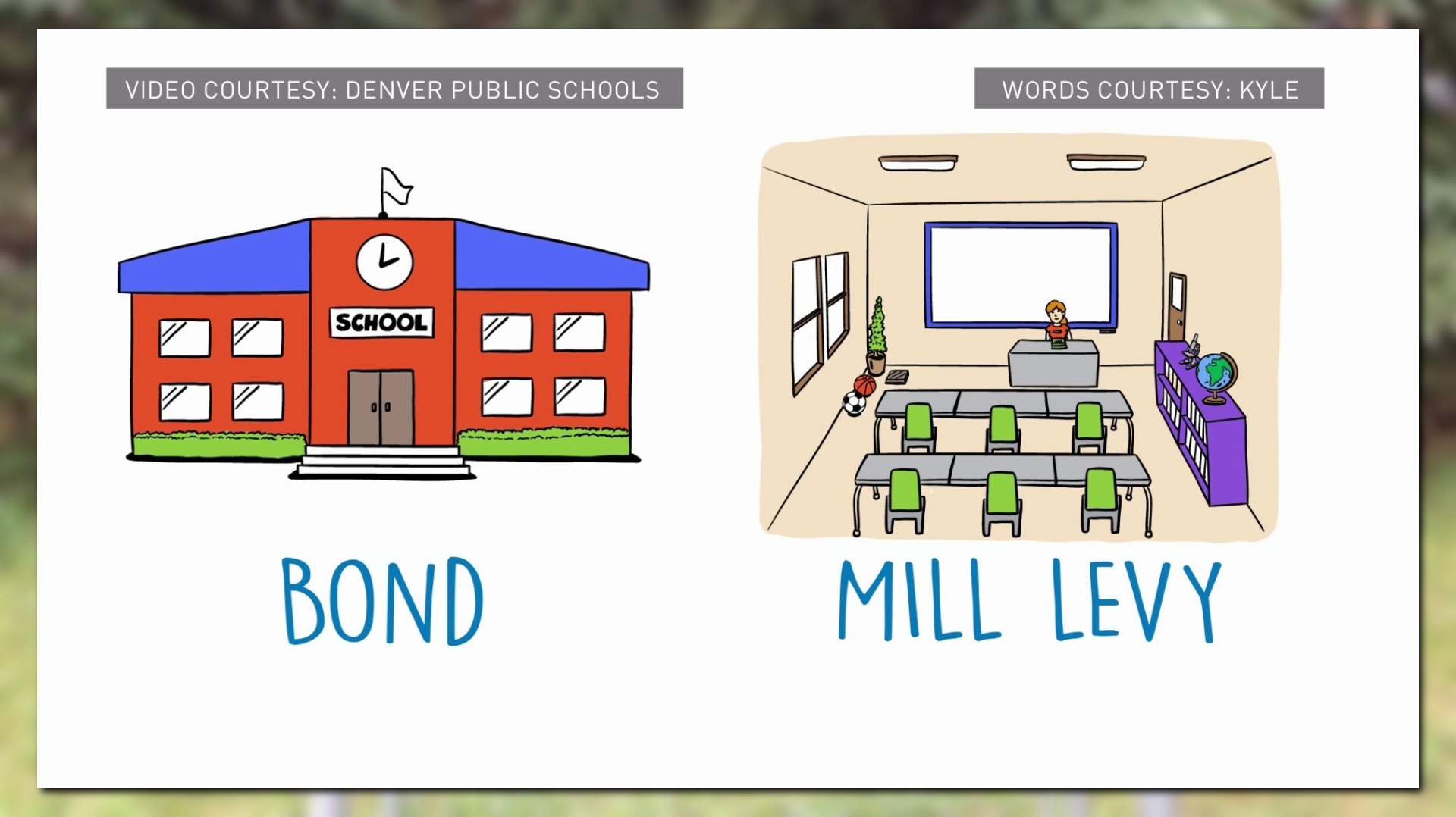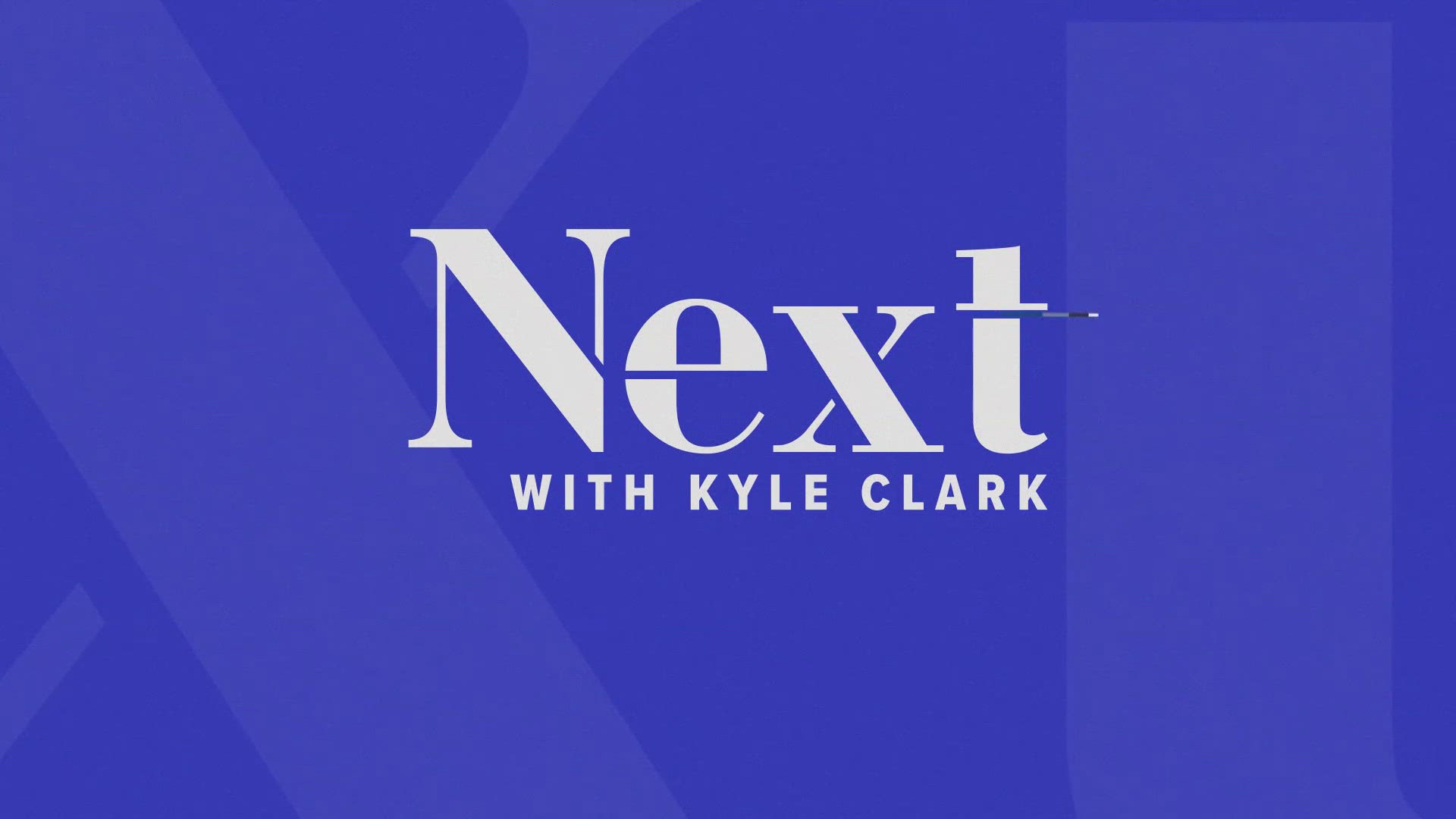Voters across Colorado will vote on whether or not to increase funding for their school districts through bonds or mill levies.
But not every voter is entirely clear on what exactly a bond or mill levy is – or how they are used.
We thought we could help clear that up.
Mill levies are a property tax.
Bonds are offered to outside investors, and paid back over time plus interest. Because bonds are purchased by investors, increasing funding through bonds does not necessarily increase taxes.
Which brings us to how the money is used, because money raised through the mill levy is spent differently than money raised through bonds.
Bonds are used to fund infrastructure, like building new schools, renovating buildings or buying buildings and turning them into schools.
The money from mill levies can pay for things in the classroom, including new technology and increasing staff sizes.
The question posed to voters in Denver would raise about $628 million total - $572 million in bonds for fixing up school buildings, $56.6 million in increased property taxes to put more money into classrooms.


